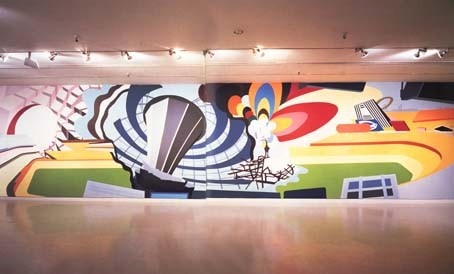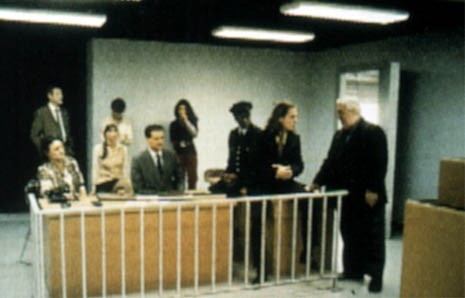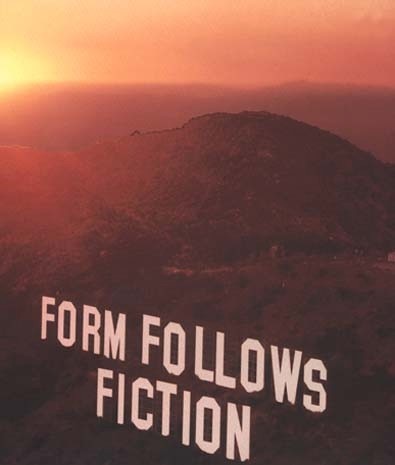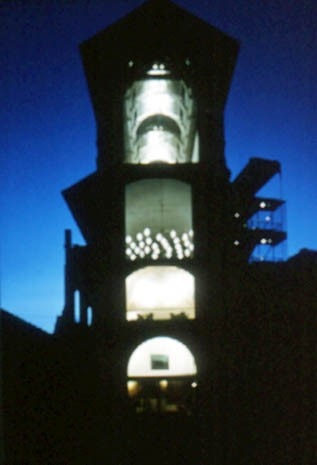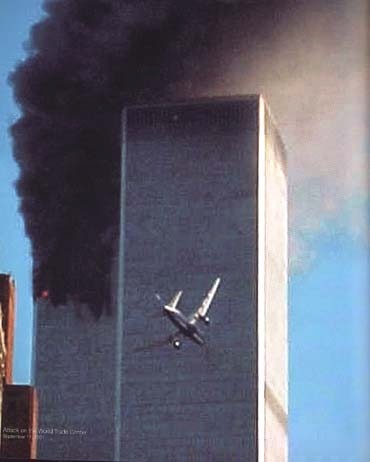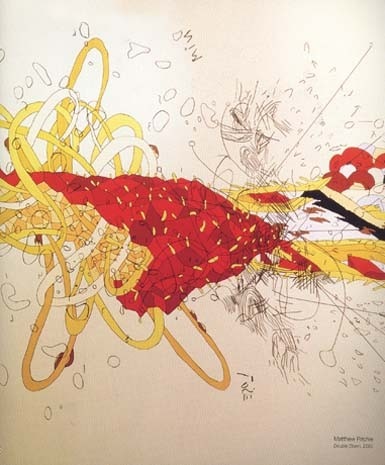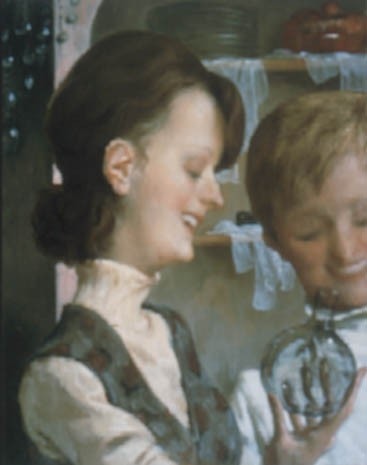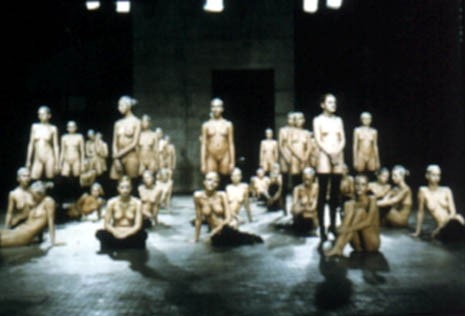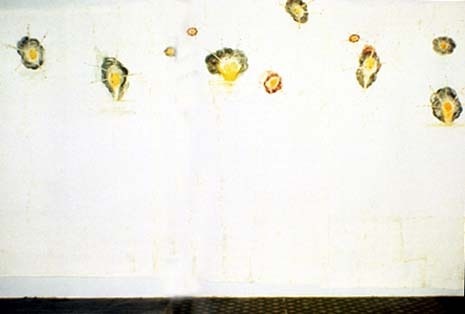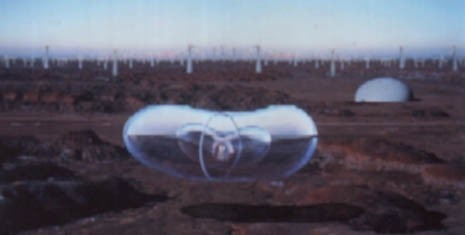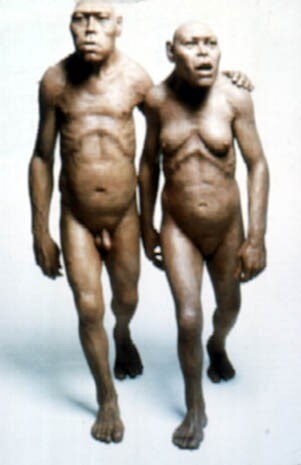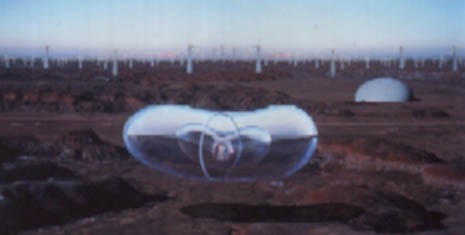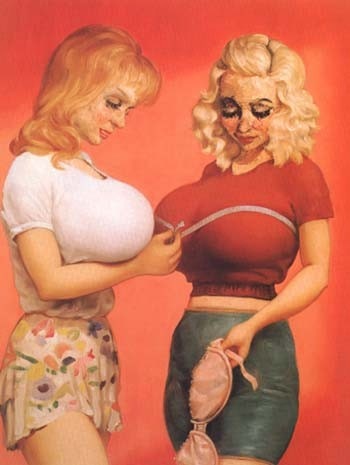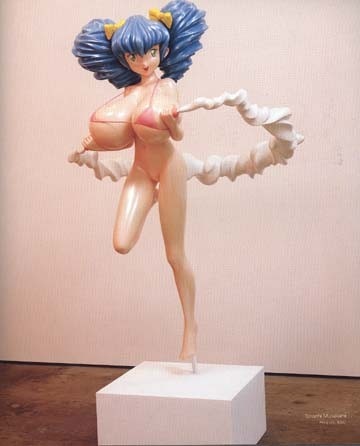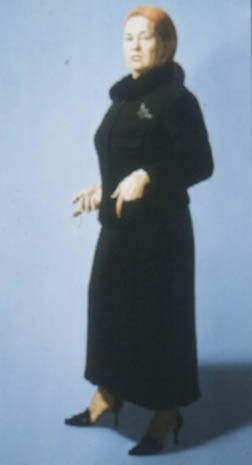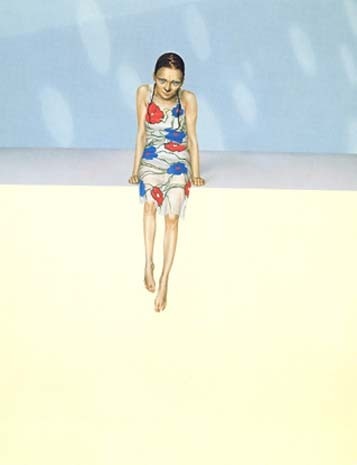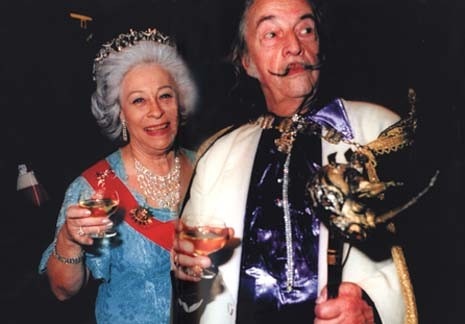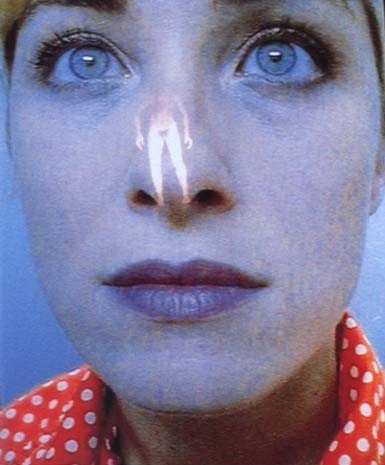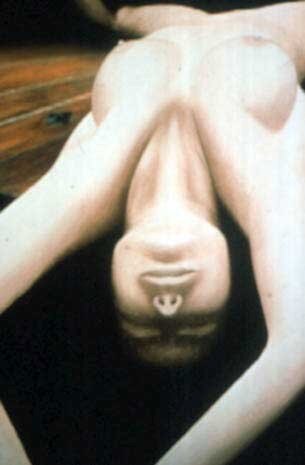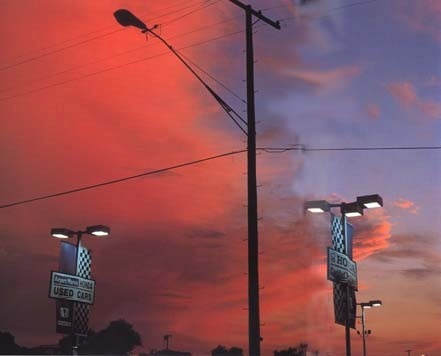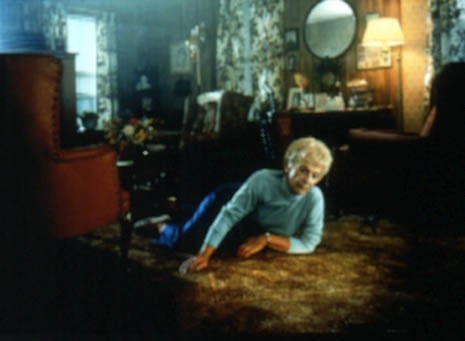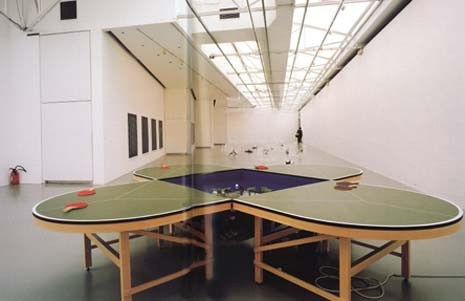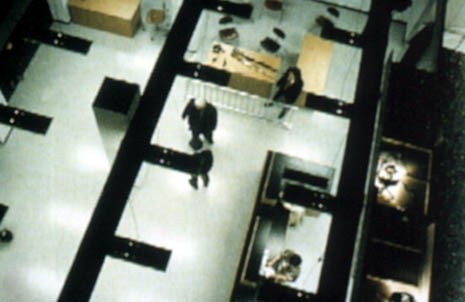At Castello di Rivoli, curator-gallery owner Jeffrey Deitch has put together the exhibition "Form Follows Fiction". Twenty international artists give body and voice to aesthetic worlds in which it is no longer possible to distinguish between truth and fiction.
In 1992 Jeffrey Deitch organised "Post Human", also at Castello di Rivoli. The exhibition, which explored the confines of the human condition, unexpectedly became emblematic of art at the end of the century and formed the basis for that which has been defined as the post-human aesthetic, coining a neologism.
In October the American curator has returned to Rivoli with "Form Follows Fiction", the project, which ideally follows on from the 1992 exhibition, represents the new concept of reality developed by artists active during the mid nineties.
Deitch starts with an evident assumption: the confines between reality and fiction are increasingly less clear. As such also artists end up constructing aesthetic worlds in which, as in life, it is increasingly less possible to establish the boundary between that which is real and that which isn’t.
The CIA, after the attack on the Twin Towers, has decided to pay science fiction writers to bear out the most visionary screenplays. The world does not want to be surprised anymore and to achieve this turns the relationship upside down: starting first with fiction in order to then arrive at reality.
What to some cynics, or confused minds, appeared to be the most costly Hollywood set ever made, is just the latest example of this incredible mix of real and artificial.
Even Deitch delayed printing the catalogue in order to mention the event.
Deitch has always been very lucid when it comes to capturing changes, often managing to foresee future paths and this time it cannot be denied that he has had exciting territory on which to work.
Instead – maybe because it is too close to events in the news – the exhibition is based on a manifest notion and takes few risks: famous artists and quality work. Between you and me, the artists could have also been others and the message would remain unchanged.The exhibition, in its strange context, an enormous corridor that does not allow much autonomy to the artists, is however both impeccable and beautiful.
The spectacularisation of the real and the increasingly blurred confine between reality and fiction are well documented in the exhibition catalogue, a brilliant instrument, as was the catalogue of Post-human, created together with the lamented and talented artist/designer Dan Friedman.The cover carries the words "Form Follows Fiction", in the style of the Hollywood sign on the hills of Los Angeles, immediately inferring the double game of the fiction, it shows the work of Maurizio Cattelan for the latest Venice Biennale, the American sign reproduced full scale on a dump on a hillside near Palermo.
Before coming on to the work, Deitch constructs a television programme which could be a documentary entitled: is it true?
A "fiction" on paper, which steals much from reality TV, grainy images, an inventory of atrocities or plain absurdities.
It opens with the O.J.Simpson case: falsehood first becoming entertainment and then rising to become truth.
Then there are the students of Colombine High School: killing fifteen classmates with a gunshot, convinced they were in a video game; the mass suicide of the Heaven’s Gate sect who were waiting for the aliens to come and get them; genetic engineering, Dolly the sheep, the reality show, the many identities of the chat room, avatars, the virtual, the media communications industry, Michael Jackson and his ranch of candied fruit, the grafting of a human ear onto a rat, Mrs Wildenstein reinvented woman-tiger thanks to the latest in plastic surgery and a great deal of imagination: up to Saddam Hussein who for news of the Gulf War looked to CNN.
There wasn’t time before printing to include Osama Bin Laden in videoconference.
Coming onto the work, the artists steal from reality and graft scenes of everyday life onto their work, filtering everything through a private imagination and ending up building aesthetic worlds on the edge, in which it is impossible to distinguish between true and false.
Happily, we do not perceive stylistic currents and semblance, we find them free to use whatever means and code for portraying the confusion of life.
Has globalisation at least liberated art from labels?
FORM FOLLOWS FICTION. Forma e finzione nell’arte di oggi
from 17 October to 27 January 2002 Castello di Rivoli. Museo d'Arte Contemporanea
Piazza Mafalda di Savoia, Rivoli (Turin)
Ph. +39-011-9565222
http://www.castellodirivoli.org
E-mail:info@castellodirivoli.org
